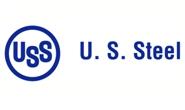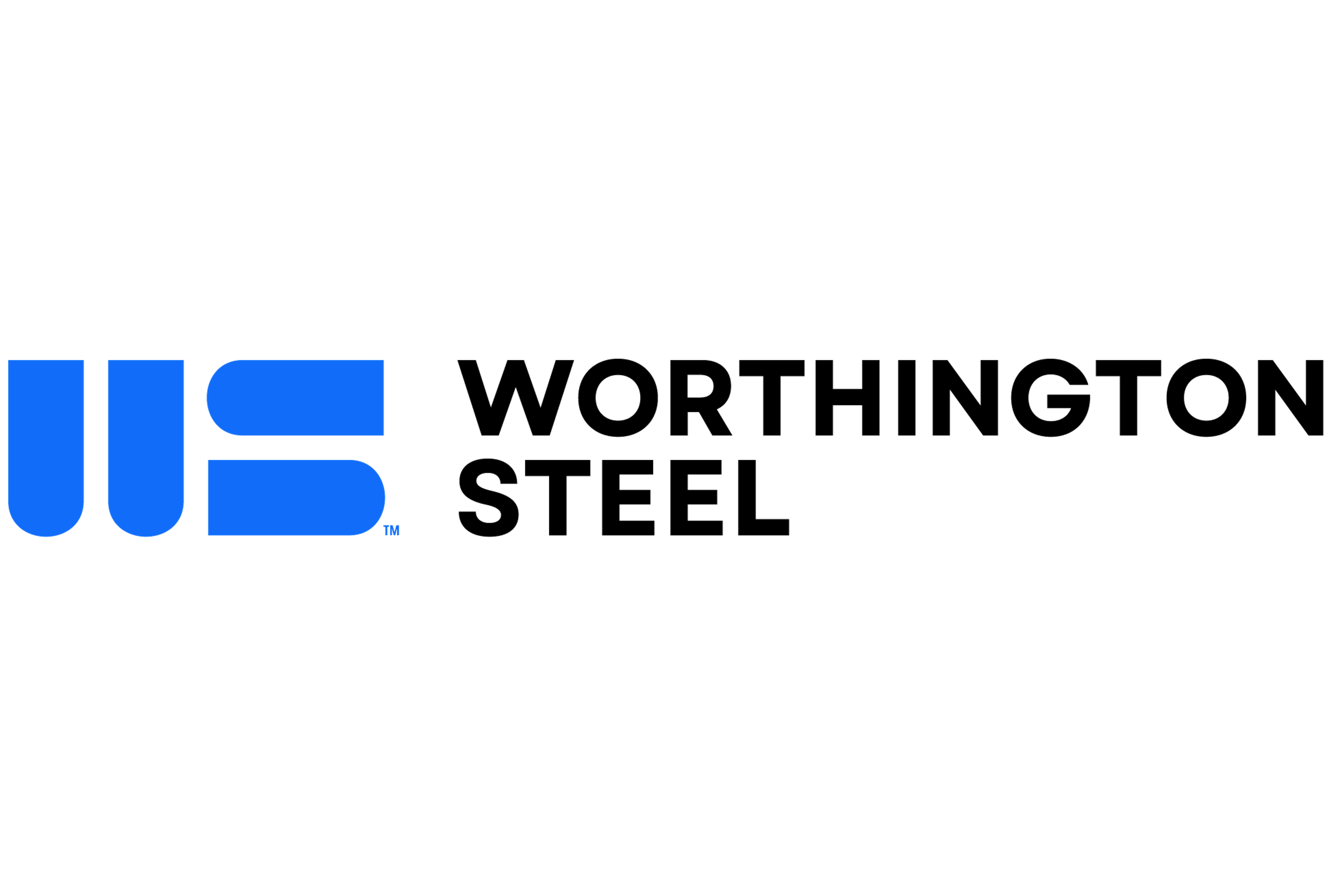Market Segment

November 5, 2015
US Steel Claims Carnegie Way Initiatives are Working
Written by Sandy Williams
US Steel continues to utilize its Carnegie Way initiative to find cost savings throughout the company to offset the challenges of unfairly traded imports, lower order rates, and falling steel prices. In third quarter 750 projects were completed, raising the total number of projects contributing savings benefits to the company this year to almost 2000.
US Steel says “cash is our life blood” and has supported that with $1.2 billion of cash on the balance sheet and $2.9 million of untapped liquidity. The company plans to continue to make investments that complement US Steel’s long-term strategy.
“We will also continue to invest in higher-return projects including projects that we refer to as quick wins which are smaller in size, are less risky and have very short implementation periods,” said Dave Burritt, Executive Vice President and CFO.
Aggressive short term actions in third quarter realized $125 million in the third quarter and are expected to realize another $125 million in fourth quarter.
“I would like to emphasize that these are the result of temporary market base adjustments to our operations,” said President and CEO Mario Longhi during the earnings call. “We will certainly try to make many of these reductions permanent but many will reverse as we eventually return to normal operating levels and bring our people back to work.”
In August, US Steel announced the shutdown of the blast furnace and associated steel making and flat-rolled finishing operations at Fairfield Works. The blast furnace is currently offline and all finishing facilities are being idled except the No. 5 coating line.
A plan to idle Granite City was announced October 6. Tonnage from Fairfield Works and Granite City would be moved to other facilities with no change in the mix of products provided to customers.
Said Longhi, “We’re working closely with our flat-rolled customers at Fairfield and Granite City as we make adjustments to our operating configuration. We’ll continue to operate our coating lines at Fairfield and Granite City as well as maintain our Double G joint venture.” Construction of the EAF at Fairfield will continue as planned.
US Steel continues to make operating adjustments to stay aligned with the current market, running facilities with shorter crews and hours. Commenting on the OCTG market, Longhi said:
“Well, we hope that the volumes will be up next year. To what degree, I can’t precisely tell you. But if you look at what happened just a few months ago when the price of oil went through the threshold of 50 and everything began to have a different color to it, we’re still very low on rigs though and their productivity continues to surprise everyone in oil production. So, I think we have to keep watching it to remain flexible, which we are. If, for whatever reason, there is a change in direction, we’ll be ready to respond.”
US Steel continues to address the issue of dumped and subsidized steel imports with legislators and the Obama administration.
“We have continued our aggressive efforts to mitigate the impact of illegally-imported dumped and subsidized steel in the United States,” said Longhi. “While extensions of time have been granted to foreign respondents in this process which delayed the final results, our expectation is that penalties will help to correct the damaging market distortions created by these illegal imports. The process is progressing, and we expect decisions to begin being made before year-end.
Preliminary AD/CVD decisions in the cold-rolled, hot-rolled and corrosion resistant steel cases are due during December and January.
“This is a very complex process,” said Longhi. “You realize we started back last year, preparing for it and it takes a long time for us to put the case together. And we filed in the middle of the year for the most part. And the Department of Commerce is really working very hard and they have an enormous amount of their investigators tied with these cases. And you have to realize that what we’re fighting here is a very well-structured approach that over decades has been improved on the part of the foreign importers into the U.S. And so, it’s nothing simple. So, I am encouraged by the early results.”
Longhi said he is hopeful that a fair agreement can be reached with USW membership without a work stoppage. “We have structural issues in this industry that are not temporary but enduring, and that means we must work better, smarter and more effectively than our competition. And a competitive labor agreement can help preserve our employees’ jobs.”
All the company is looking for, said Longhi, is a “fair contract” that gives US Steel the flexibility to deal with the challenges in the industry and global environment.
In a brief comment on US Steel Canada, Longhi said that USSC was responsible for just 10 percent of sales since 2009, but 50 percent of US Steels losses (about $4 billion) since the acquisition in 2009. US Steel expects to finalize its claims with US Steel Canada “in due course.” “CCAA is not something we wanted to pursue, but we will make the very hard decisions when required,” said Longhi.
US Steel cut its adjusted EBITDA forecast for FY 2015 to $225 million. Order rates have been down due to rebalance of supply chain inventories in both the flat-rolled and tubular markets. Spot pricing is at new lows, import levels remain high, and the OCTG market continues to deteriorate.







